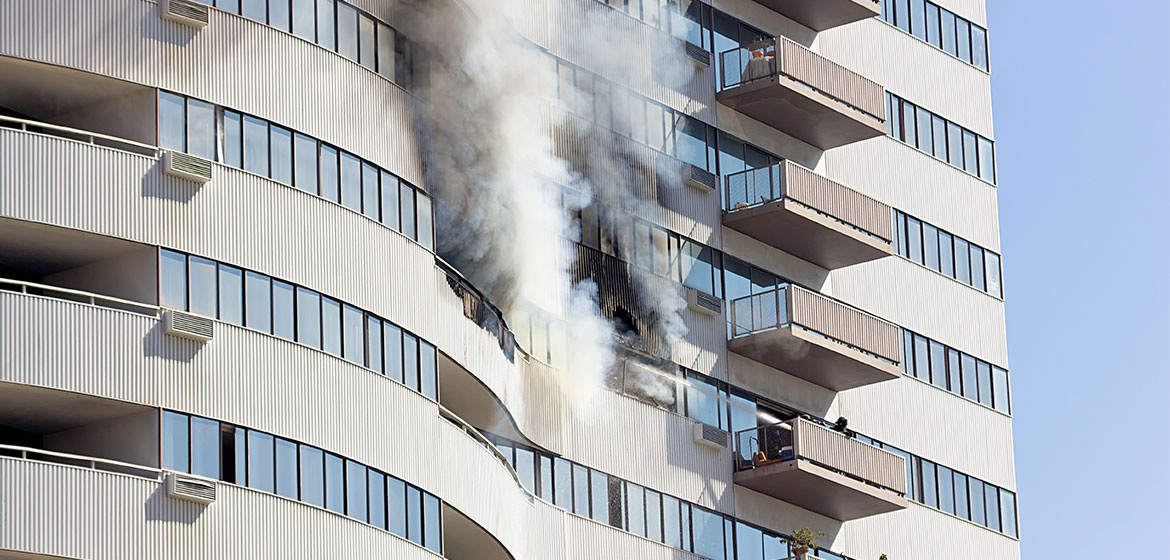Here’s What You Should Do To Deal With Damaged Buildings

While it is important to practice safety precautions when demolishing any structure, it is even more important when dealing with already damaged buildings. Buildings that were exposed to natural disasters have a weaker framework and foundation. It can also uncover and disperse hazardous materials within the structure. Dealing with damaged buildings requires the utmost importance of adhering to safety precautions.
Assess the Damage
When dealing with damaged buildings, one must consider the structural integrity of the structure and any potential hazards that may be present. This includes checking for cracks in the walls, damage to the roof, and any damage to the electrical or plumbing system. It is crucial to check for any signs of fire too. If there are any concerns about the safety of the building, it is best to contact a building inspector to assess the damage and determine the necessary repairs.
Safely Secure the Building
Securing a damaged building is an important procedure in ensuring the safety of both the building occupants and those working on repairs. Here are some steps that can be taken to secure a building.
- Boarding up doors and windows
- Installing barriers and fencing
- Placing warning signs
- Hiring security personnel
Remember that the security and safety of the building should be the top priority. If needed, consult professionals such as engineers and inspectors to ensure that the buildings are safe and secure.
Removing Debris
Removing debris is a step in the cleanup and repair process of a damaged building. It is important to follow proper safety procedures when removing debris as it may pose a danger of collapse or contain hazardous materials. Listed below are some steps that can be taken when removing debris.
- Conduct a safety assessment. The building should be assessed for any hazards or breaches in safety such as structural instability and exposure to hazardous materials before removing any debris
- Wear personal protective equipment. This can include hard hats, gloves, face shields and boots to protect workers from any potential hazards on site
- Sort and separate debris. Debris should be separated into categories such as metal, wood, and hazardous materials. This will make it easier for it to be disposed of and can also help in identifying hazardous materials
- Proper disposal. Debris should be disposed of per in local regulations. Materials such as lead paint or asbestos should be handled by professionals trained in the safe removal of these hazardous materials
Contact the Insurance Company
it is important to contact the insurance company immediately to report the damage to the buildings. An adjuster will be sent to the site to assess the damage. Make sure to document the damage with photographs and keep receipts for repairs or temporary housing expenses. This information will be used by the insurance company to process the claim and determine the coverage you are eligible for.
Ultimately, the goal of dealing with a damaged building is to restore it to its pre-damaged condition as quickly and safely as possible. Developing a plan, assessing the damage before commencing salvaging of items and securing the building are vital to achieving it.